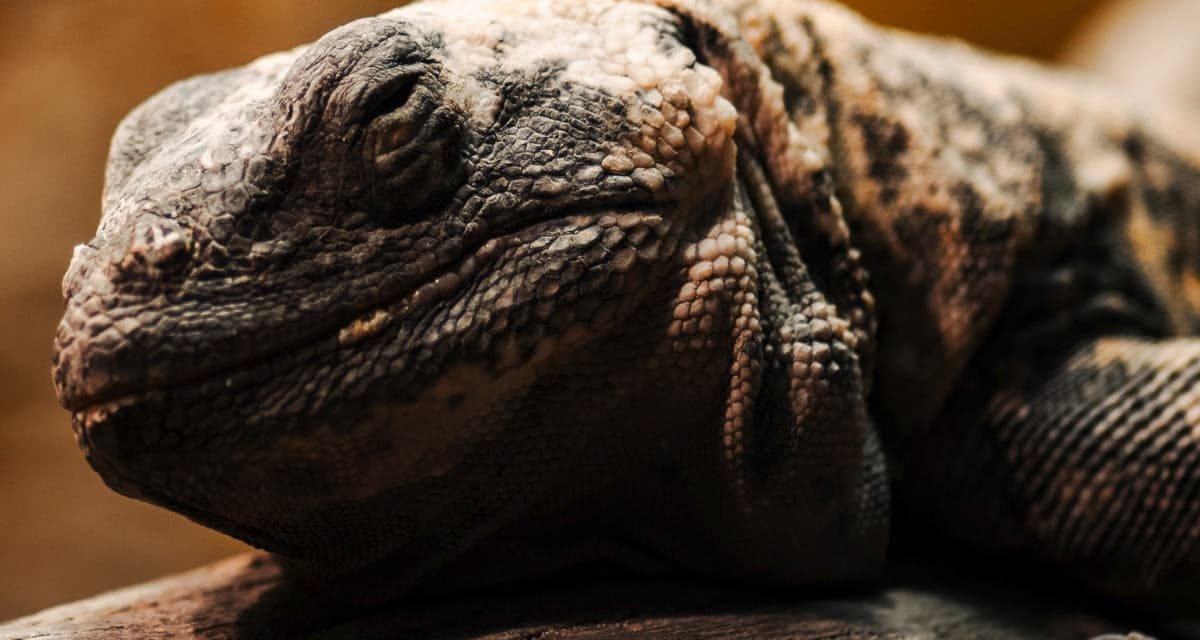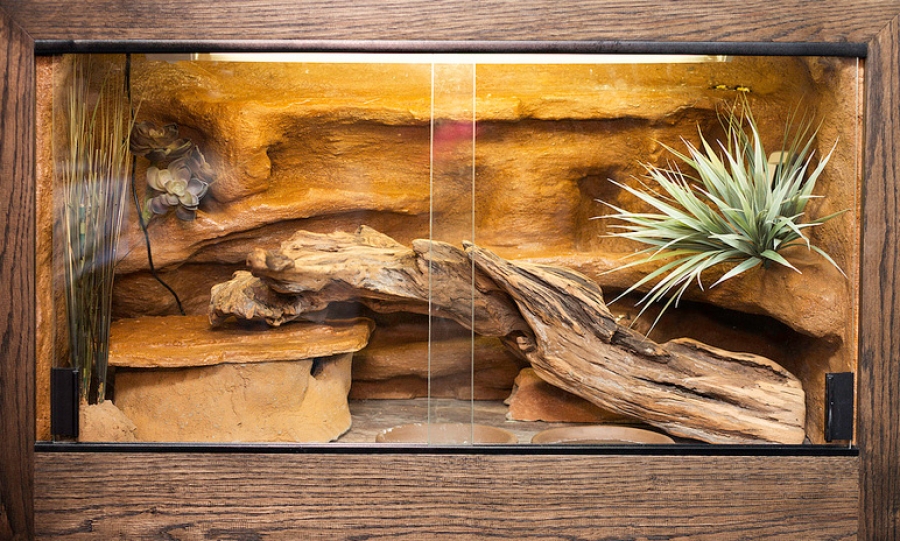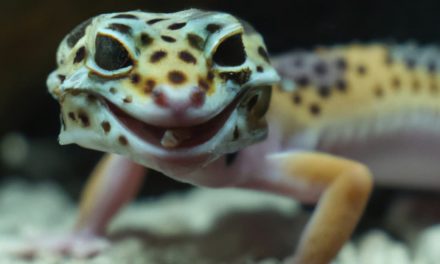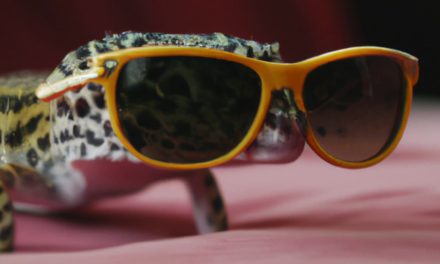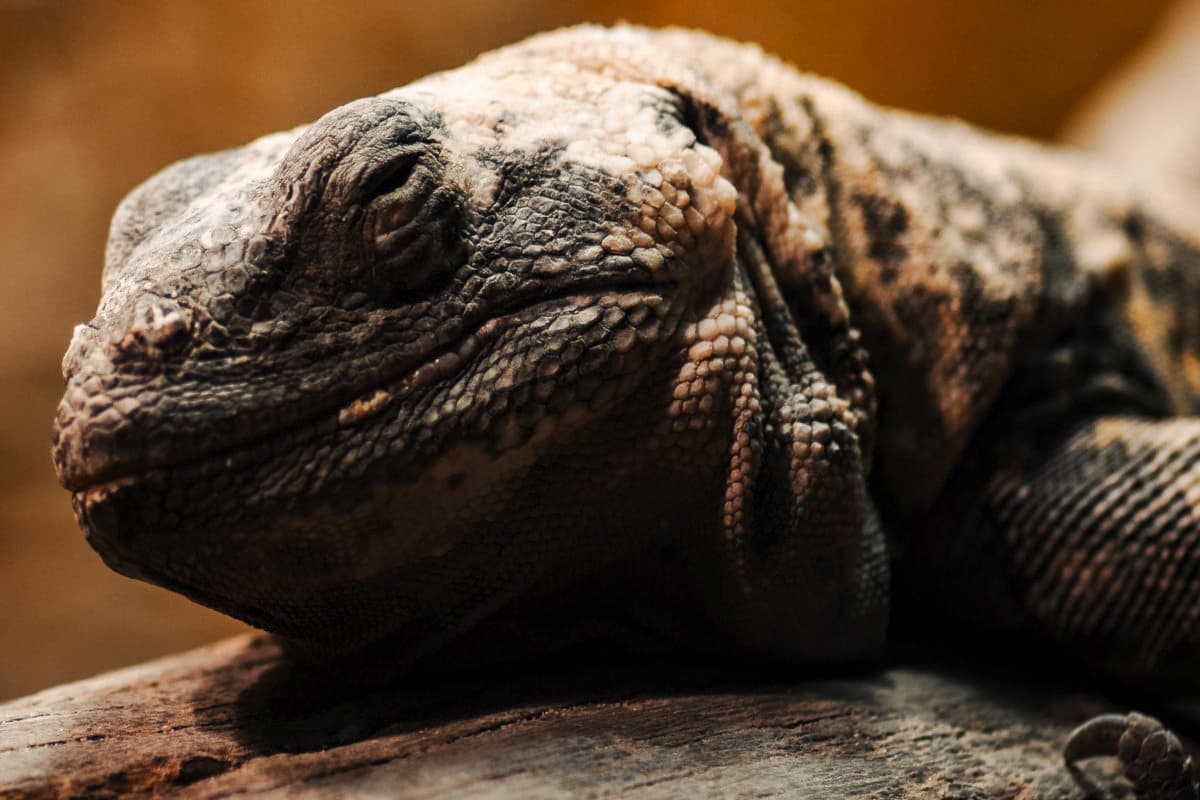
Creating the perfect home for your leopard gecko is both an exciting and important task. A well-designed habitat is vital for your gecko’s health and happiness, and should include the right tank size, substrate, heating, lighting, and decor. This guide aims to provide a comprehensive overview of the essential elements of an ideal leopard gecko habitat.
Choosing the Right Tank Size
Your gecko’s new home should be spacious and comfortable. A 20-gallon tank is the minimum size recommended for a single adult leopard gecko. This will give them enough room to roam, explore, and feel secure. If you’re planning to house multiple geckos, you’ll need to increase the tank size accordingly. Just remember, it’s always better to go bigger when in doubt!
Read more about getting the right tank size for your leopard gecko or find the best tank for your leo here.
Location of Enclosure: Finding the Perfect Spot
Now, let’s think about where in your home this awesome gecko habitat is going to live. It’s like deciding where to put your bed in your room – you want the best spot, right? The same goes for your leopard gecko.
First off, let’s avoid places with lots of noise and hustle-bustle. Remember, leopard geckos are naturally shy and like their peace and quiet. So, that spot next to your blasting speakers or buzzing fridge? Not the best idea. Think more along the lines of a quiet bedroom or study, where your gecko can chill out without being disturbed.
Next, watch out for direct sunlight. Sure, basking in the sun sounds fun, but too much heat can turn your gecko’s comfy home into a desert nightmare. So, steer clear of windows where the sun shines in all day. Also, avoid places near vents or radiators where temperature changes can mess with your gecko’s comfort zone.
Finally, think about the height. You want your gecko’s home to be off the ground, but not too high. A sturdy table or stand is perfect. Why? Well, you’ll be able to see your gecko and take care of them without bending over or climbing up all the time. Plus, it keeps them safe from curious pets or younger siblings who might want to play ‘peek-a-boo’ with your gecko!
Substrate Selection
Picking the right flooring for your gecko’s habitat is super important. The best substrate options for a leopard gecko are paper towels, possibly reptile carpet, or non-adhesive shelf liner. Sand is a controversial choice (some people go crazy over avoiding it but are generally just parroting what they’ve heard elsewhere – ‘impaction’ happens to geckos living in the wild sometimes too). Here’s more about leopard gecko substrate options.
No matter which substrate you choose, be sure to clean and replace it regularly to keep your gecko’s home fresh and tidy.
Temperature and Humidity
Leopard geckos need the right temperature and humidity levels to thrive. Create a temperature gradient in the enclosure, with a warm side around 88-90°F and a cool side around 75°F. Use a heat mat or under-tank heater to maintain the temperature on the warm side. As for humidity, aim for levels between 30% and 40%. A digital thermometer and hygrometer can help you keep tabs on these essential environmental factors.
Read more in temperature and humidity for your leopard gecko tank.
Perfect Lighting
Lighting is crucial for your leopard gecko’s health and wellbeing. A day-night cycle of 12 hours of light and 12 hours of darkness is ideal. Use a low-wattage UVB bulb to provide essential UV exposure and a nighttime heat source, like a ceramic heat emitter, to maintain the temperature without disrupting your gecko’s sleep.
Read more in leopard gecko lighting needs.
Food and Water Arrangement: Setting the Table for Your Gecko
You want to find dishes that are shallow enough for your gecko to easily reach the food, but sturdy enough that they won’t tip over if your gecko decides to climb on them. Think of a dish that’s more like a frisbee than a soup bowl. Some pet stores even sell dishes with built-in sections for food and water, a bit like those nifty lunch trays in the cafeteria, making meal times a breeze!
Now, where should you place these dishes in the enclosure? Well, you don’t want them smack dab in the middle of your gecko’s playground. Instead, place the food and water dishes in a quiet corner of the enclosure. That way, your gecko can munch and sip in peace without the hustle and bustle of the ‘gecko city’.
The water dish should always be filled with fresh, clean water. Just like us, geckos need to stay hydrated! But remember, they’re not big fans of deep water. So, fill the dish just enough for a refreshing drink, not a swimming pool.
For the food dish, it’s all about what’s on the menu! Leopard geckos love munching on live insects like mealworms or crickets. But remember, it’s good manners to remove any uneaten food after a while. We wouldn’t want our gecko’s home to start looking like a forgotten picnic, now would we?
Decorating the Enclosure
A well-designed habitat should provide both physical and mental stimulation for your leo. Include multiple gecko hides, such as a moist hide for shedding and a dry hide for resting. Add climbing opportunities with branches, cork bark, and rocks, and consider incorporating live or artificial plants for added visual interest. Just make sure all decor is secure and safe for your gecko to interact with. Read more in decorating your leopard gecko tank.
Gecko-Safe Plants: Greening Up the Gecko Scene
When it comes to artificial plants, you’re pretty safe. You could choose ones that look like mini palm trees or ferns to give your gecko a tropical vibe. Just make sure they’re made of safe materials, with no sharp edges that could harm your gecko.
But what if you want to use real plants? Getting flashy huh? There are several gecko-friendly options that are both safe and pretty. For instance, snake plants (don’t worry, they won’t bite!), pothos, and spider plants are all good choices. They’re tough, hard to kill (even if you forget to water them sometimes), and they won’t harm your gecko. You can also try boston ferns, sphagnum moss, neoregelia bromeliads look cool and I find tradescantia zebrina (inchplant) grows really fast and looks great.
Maintenance and Enrichment
Regular maintenance is key to keeping your gecko’s habitat in tip-top shape. Clean and disinfect the enclosure, replace the substrate, and monitor the temperature and humidity regularly. Offer enrichment activities, like different textures or food puzzles, to keep your gecko mentally stimulated and happy.
Common Habitat Issues
Pay close attention to potential issues like incorrect temperature, humidity, or lighting. Use your thermometer to check both warm and cool sides of your enclosure. Also do regular humidity readings – you’ll need a hygrometer. Fix anything that’s not right as soon as you can to keep your gecko healthy and comfortable.
And If you’re ever unsure, consult a reptile expert or veterinarian for guidance (you can also get quick vet advice online). It’s always better to seek professional advice when it comes to the health and wellbeing of your pet. Don’t take risks with their health. You can also read our guide on leopard gecko health problems.
Conclusion
Designing the ideal leopard gecko enclosure is a fun and rewarding experience. With the right tank size, substrate, heating, lighting, and decor, you can create a habitat that your gecko will love and thrive in. Always remember to maintain and monitor the enclosure, offer enrichment opportunities, and watch for any potential issues. Happy gecko keeping!
Also check out our leopard gecko habitat essentials checklist.
FAQs
Q: What size tank should I use for a leopard gecko?
A: A minimum of a 20-gallon tank is recommended for a single adult leopard gecko. For multiple geckos, increase the tank size accordingly.
Q: Which substrate is best for leopard geckos?
A: Paper towels, reptile carpet, or non-adhesive shelf liner are ideal choices. Avoid using sand, as it can cause impaction if ingested.
Q: What temperature and humidity levels should I maintain in the enclosure?
A: Create a temperature gradient with a warm side around 88-90°F and a cool side around 75°F. Maintain humidity levels between 30% and 40%.
Q: How should I light the enclosure?
A: Provide a day-night cycle of 12 hours of light and 12 hours of darkness. Use a low-wattage UVB bulb for essential UV exposure and a nighttime heat source to maintain temperature without disrupting sleep.
Q: How can I provide enrichment/entertainment for my leopard gecko?
A: Offer different textures, climbing opportunities, and food puzzles to keep your gecko mentally stimulated and engaged.

